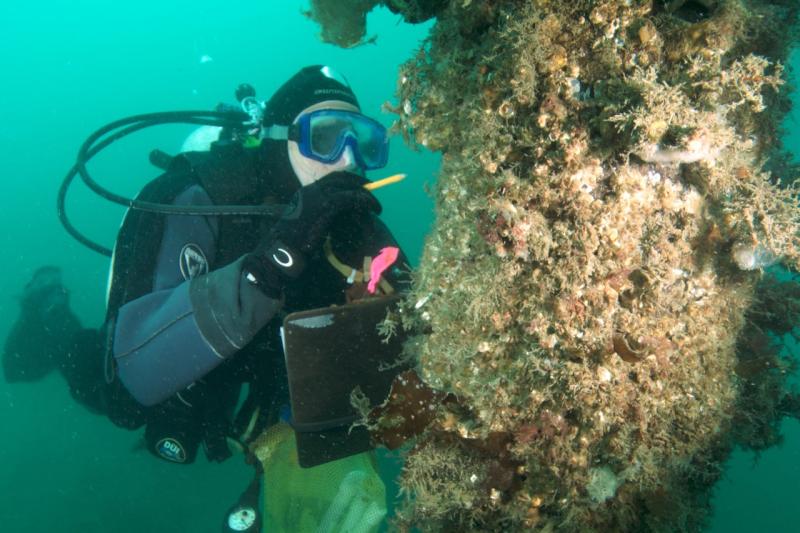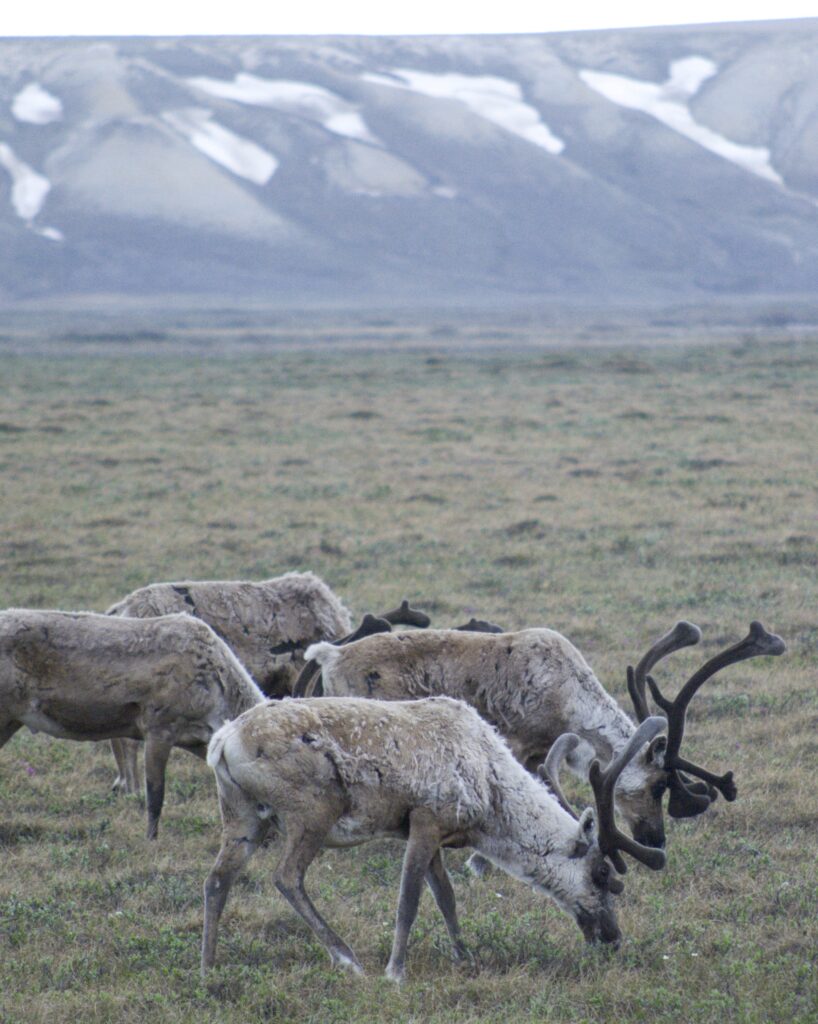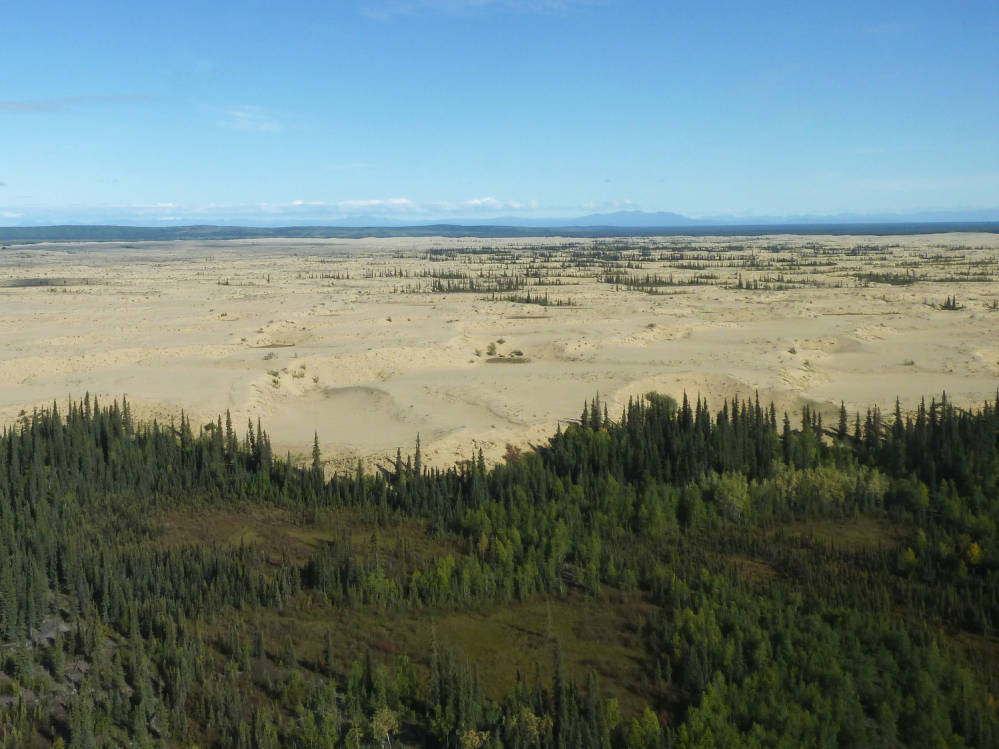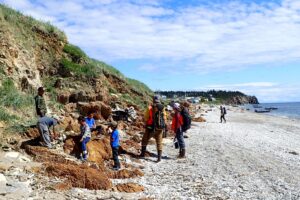
With nearly 34,000 miles of shorelines along the pacific and arctic oceans, the coastlines of Alaska consists of salt marsh, estuaries, beaches, rocky shores, glaciers, kelp forests, and coral reefs. With its unique geography and climate, the State is home to a diverse wildlife specially adapted to these conditions.
Due to its isolation and harsh conditions, wildlife in much of Alaska has remained pristine without facing many of the challenges experienced in other regions. Of the more than 1,300 species in the U.S. on the Endangered Species List, only 8 species in Alaska are considered endangered. However, in the Alaska Wildlife Action Plan, 326 of the nearly 1,100 vertebrate species that occur in the state were identified as in need of proactive conservation efforts to avoid becoming threatened or endangered. Climate change is identified as the primary threat.




Efforts are underway by researchers, government agencies, and communities to determine the best strategies to protect coastal Alaska from the threats of climate change. Restoration and protection of wildlife habitat is a crucial component of adapting to a changing landscape. Habitat restoration projects can include stabilizing shorelines, planting native vegetation, restoring fish passage, and removing invasive species.
Stabilizing shorelines using soft shoreline restoration techniques like living shorelines can make coastlines more resilient protecting wildlife and ecosystem functions. A regional guide to Alaska Coastal Revegetation & Erosion Control for property owners and local governments reviews how to use native plants to reinforce all types of coastlines.
With recent declines in salmon populations, Alaskans are investing in restoring fish passage and spawning habitats. Planting native trees and shrubs along riverbanks and streams helps stabilize the shoreline, reduce erosion, and provide shade, which can lower water temperatures and improve fish habitat.

Invasive Species Management
As climate change expands the ranges of invasive species into Alaska, early intervention is critical to preventing them from spreading. Invasive species education and removal campaigns across Alaska aim to protect native species and prevent habitat destruction.

We need your help to improve the Toolkit by completing our easy, 3-minute survey. Your insight is valuable to us.